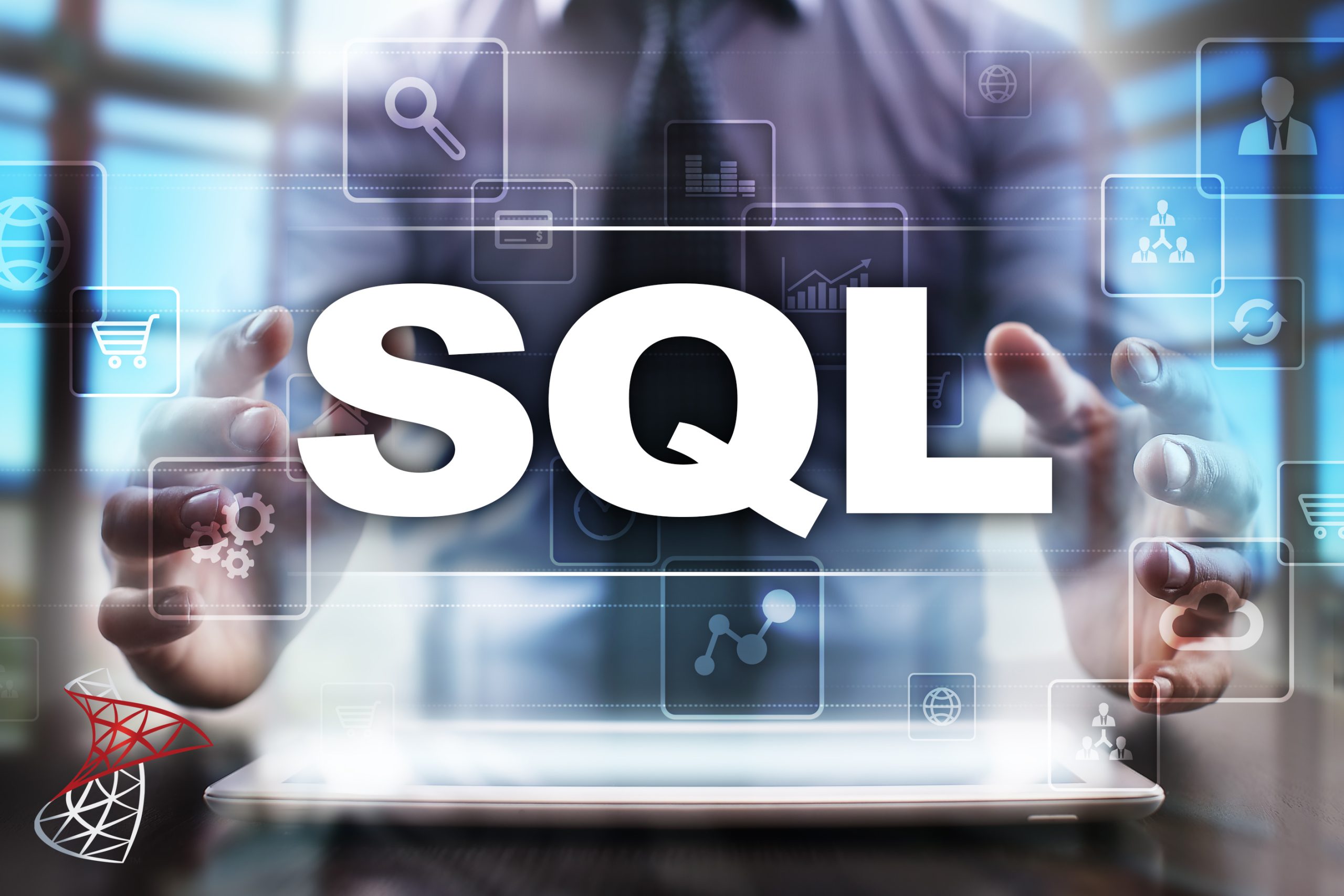Table of Contents
Unlock the power of SSIS 816 with our comprehensive guide. Elevate data integration with enhanced security, scalability, and performance. Upgrade now!
As a seasoned data professional, staying abreast of cutting-edge technologies is paramount for optimal job performance. Microsoft’s SQL Server Integration Services (SSIS) has emerged as a pivotal tool for enterprise data integration, transformation, and migration. In this article, we delve into the wealth of features offered by the latest iteration, SSIS 2019, building upon the strengths of its predecessor, SSIS 2016.
Understanding SSIS 816
SSIS 816, denoting SQL Server Integration Services 2016, is Microsoft’s foremost enterprise data integration platform. Launched in late 2016, SSIS 2016 elevates performance, scalability, and user-friendliness. Let’s explore some key features that distinguish SSIS 2016:
1. Seamless Azure Project Deployment
Enable direct deployment of SSIS projects to Azure SQL Database, Azure SQL Data Warehouse, and Azure SQL Managed Instance. This facilitates the migration of on-premises SSIS workloads to the cloud with ease.
2. Incremental Package Deployment
Expedite deployment by re-deploying only modified packages, reducing the deployment process’s time and resource consumption.
3. Data Tap for Enhanced Connectivity
Leverage the data tap task to effortlessly extract data from diverse sources through 70+ built-in connectors, spanning social media, marketing platforms, and productivity tools.
4. Row Sampling Transformation
Facilitate testing and profiling by extracting random data samples during the data flow process.
5. Azure Feature Pack
Extend integration capabilities by incorporating components to seamlessly connect with Azure services like Data Lake Store, Blob Storage, and HDInsight.
In essence, SSIS 2016 broadens integration horizons, harnesses cloud potential, boosts developer productivity, and enhances scale and performance.
Unveiling the Power of SSIS 816
Scalability and Performance Amplified
SSIS 816 introduces advanced scalability, supporting up to 64 cores for single-package execution, resulting in significantly improved data integration performance.
In-memory Package Execution
Optimize performance by running packages in memory without writing logs to disk.
Scale-Out for Enhanced Scalability
Distribute package execution across multiple machines, elevating scalability and accommodating heavier workloads.
Advanced-Data Flow Capabilities
SSIS 816 enriches data flow components with new additions like OData Source and Destination, along with the ODBC Flow Destination. Performance improvements are notable in lookups, aggregations, and pivots, complemented by enhanced error handling and support for additional data types.
Streamlined Deployment and Management
Several features enhance deployment and management processes in SSIS 816:
Project Deployment Advancements
Deploy entire projects to the SSIS catalog, not just individual packages, streamlining the deployment process.
Parameterized Configurations
Introduce runtime parameters for flexible configuration updates.
Robust Management with T-SQL Stored Procedures
Leverage T-SQL stored procedures for efficient catalog management.
Incorporating these enhancements, SSIS 816 empowers your ETL and data integration endeavors, ensuring swifter, more scalable, and manageable processes. Read also Imacion.
Advantages of Upgrading to SSIS 816
Upgrading to SSIS 816 unlocks several advantages:
1. Enhanced Security with Always Encrypted
Ensure data security is in motion and at rest through encryption, with role-based security governing package access.
2. Modernized Development with Visual Studio Code
Experience a modernized development environment with Visual Studio Code integration, providing IntelliSense, debugging, and deployment capabilities sans SQL Server Data Tools (SSDT).
3. Expanded Connectivity with New Connectors
Explore new connectors for SAP BW, Hadoop, Spark, OData, and web sources, broadening data integration capabilities.
4. Performance Boost through Scale-Out
Distribute package execution across nodes and run packages in memory, minimizing performance overhead.
5. Extended Maintenance for Long-Term Support
Benefit from 10 years of extended maintenance, ensuring continuous support and regular updates for your data integration solutions.
In summary, the upgrade to SSIS 816 delivers heightened security, a streamlined development experience, expanded connectivity, improved performance, and enduring support—making it a valuable investment for any organization dependent on robust data integration.
Evolution in SSIS 816
SSIS 2016 introduces substantial changes and enhancements, elevating performance, scalability, and user experience.
Performance and Scalability Milestones
Introducing a scale-out feature for high-throughput package distribution across servers and performance enhancements in data flow, logging, and checkpoints.
R Integration and Advanced Analytics
Incorporating new data mining algorithms and integration with R scripts for advanced analytics and predictive modeling within ETL processes.
Streamlined Deployment Features
Effortlessly deploy projects with incremental package deployment, environment cloning, and project versioning.
Additional Enhancements
Incorporating connectivity to SAP HANA, Hadoop, Azure SQL Data Warehouse, and OData, supporting newer versions of existing data sources, and enhanced logging.
Getting Started With SSIS 816
Embark on your SSIS journey with these steps:
Download and Install SSIS
Download SQL Server 2016, including SSIS, and install, ensuring Integration Services is selected.
Launch and Explore SSIS
Access SSIS from the Microsoft SQL Server program group, revealing the SSIS catalog as the repository for projects.
Create a New SSIS Project
Right-click the SSIS catalog, select “New Folder,” then “Project,” choosing “Integration Services Project” as the type. Name and create your project.
Design an SSIS Package
Open SQL Server Data Tools, design your package by adding data flow components, and build your ETL data flow.
Configure and Execute the Package
Set properties, add scripts or expressions, and execute your package to witness data flowing through components.
Deploy and Schedule the Package
Deploy your project via the SSIS catalog, making packages available for scheduling through SQL Server Agent or other tools.
Following these steps will initiate your journey in building, running, and deploying SSIS packages effectively.
Final Words
In conclusion, a solid grasp of SSIS 816 positions you to excel in implementing data integration solutions and managing intricate ETL processes. Commence with simplicity, grasp the fundamentals, and augment your skills through practical projects. SSIS equips you with potent tools, ensuring you stay at the forefront of data integration possibilities. Harness your newfound SSIS 816 skills to automate data workflows and optimize data processing, ushering in a realm of endless possibilities. Go forth and leverage the potential of this robust data integration platform!






